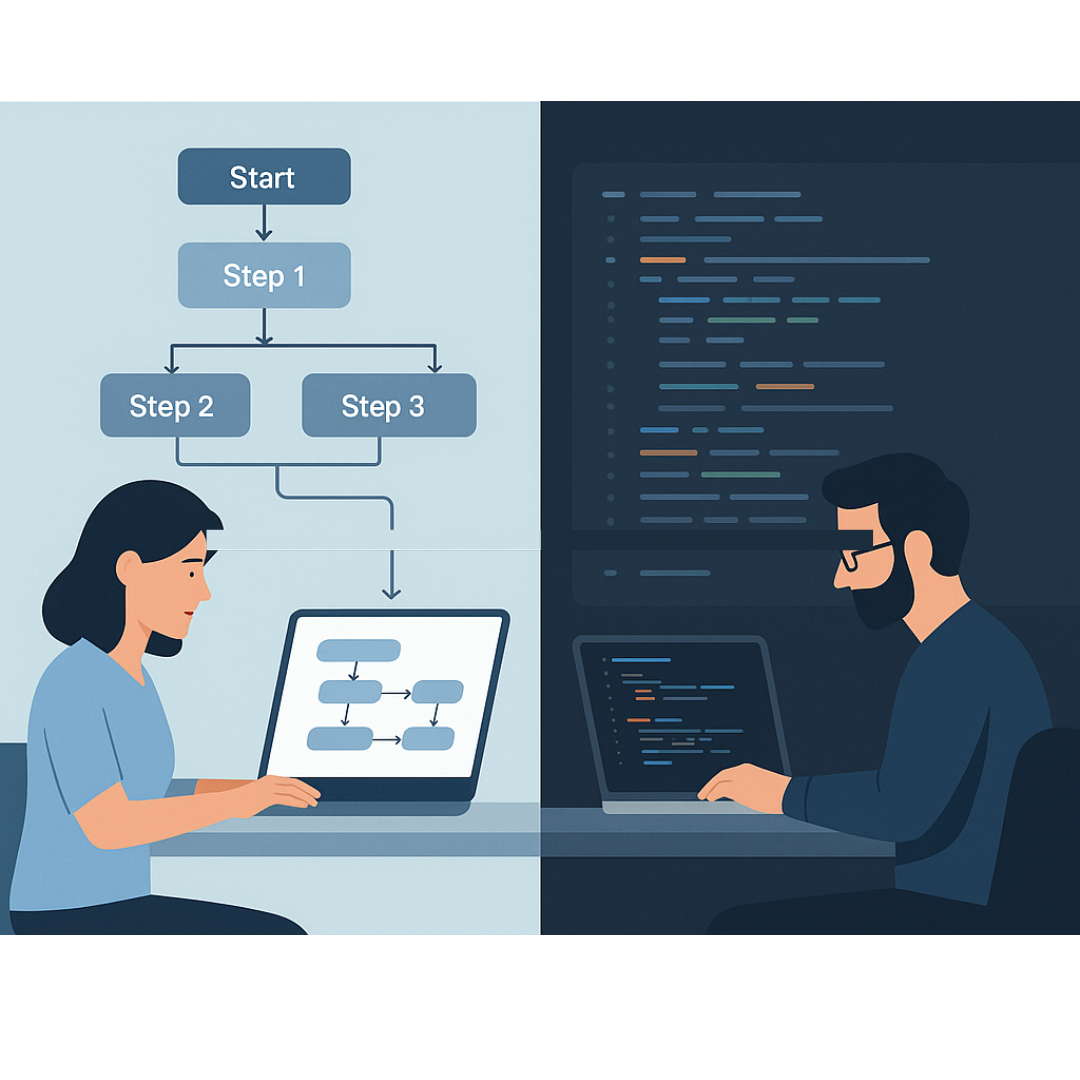In today’s data-driven healthcare landscape, clinical decision support systems (CDSS) are transforming the way care is delivered. These intelligent tools help healthcare professionals make faster, more accurate, and more informed decisions—ultimately improving outcomes for patients.
But what is a clinical decision support system, and how exactly does it work? This blog explores the key functions, real-world benefits, and clinical decision support system examples that show how CDSS is reshaping modern medicine.
What Is a Clinical Decision Support System?
A clinical decision support system (CDSS) is a form of health information technology designed to support physicians, nurses, and other clinicians in making better clinical decisions. It integrates with electronic health records (EHRs) to analyze patient information and deliver evidence-based recommendations at the point of care.
In short, CDSS acts like a smart assistant, offering real-time guidance to help providers choose the right treatment options, interpret lab results, and avoid potential errors.
How CDSS Works: Behind the Scenes
A CDSS typically has three main components:
- Data repository: Stores vast amounts of patient-specific information, clinical guidelines, and historical data.
- Inference engine: Analyzes data using algorithms and medical knowledge to generate insights.
- Communication system: Delivers those insights directly to the provider—often within the EHR—while they’re caring for a patient.
This seamless delivery of clinical guidance ensures that providers have timely, relevant support as they create or adjust a treatment plan.
Types of Clinical Decision Support Systems
There are several types of clinical decision support systems, each tailored to different needs and clinical environments:
- Alerts and reminders: Notify providers of potential issues, such as drug interactions or overdue screenings.
- Clinical guidelines: Offer evidence-based recommendations based on the latest medical standards.
- Diagnostic support: Assist with identifying possible conditions based on patient symptoms and lab results.
- Order sets and templates: Suggest pre-approved treatment orders to improve efficiency and standardization.
- Risk scores and predictive models: Analyze patient data to estimate risk and prioritize care.
Each of these plays a vital role in supporting healthcare professionals and enhancing decision-making across different clinical settings, including the emergency department and outpatient clinics.

Clinical Decision Support System Examples
To better understand how CDSS works in real life, consider these examples:
- A provider in the emergency department receives an alert that a patient’s medication may interact with their current prescription—helping to reduce medication errors.
- A CDSS recommends a clinical trial for a cancer patient based on their genetic profile and treatment history.
- A primary care provider receives diagnostics support to identify a rare autoimmune condition early in its progression.
- A nurse uses a CDSS to receive dosage suggestions for a patient-specific weight and kidney function.
These clinical decision support system examples show how powerful the right insights can be when delivered at the right time.
Benefits of Clinical Decision Support Systems
The benefits of clinical decision support systems go far beyond convenience. They have the power to improve patient outcomes, reduce costs, and enhance overall care quality. Key benefits include:
- More accurate diagnoses through better medical knowledge access
- Fewer medication errors by alerting clinicians to risks
- Faster decision-making at the point of care
- More personalized treatment plans based on data
- Increased adherence to clinical guidelines
- Enhanced care coordination among care teams
By delivering the right information at the right time, CDSS helps providers make decisions that are smarter, safer, and more aligned with each patient’s unique needs.
CDSS and the Future of Healthcare
As the healthcare system continues to evolve, CDSS will play an even larger role in shaping the future of medicine. Advances in artificial intelligence, machine learning, and real-time analytics are making clinical decision support CDS tools even more powerful.
AI is transforming Clinical Decision Support Systems (CDSS) from static, rule-based tools into dynamic, learning systems that deliver more accurate, personalized, and context-aware recommendations. By leveraging machine learning and natural language processing, AI-enhanced CDSS can analyze vast amounts of structured and unstructured data to predict outcomes, reduce diagnostic errors, and support earlier interventions.
Emerging systems will not only assist in daily clinical tasks but also support long-term care planning, population health management, and predictive analytics. They’ll continue to empower healthcare professionals with the tools they need to navigate complex data and make confident, well-informed decisions.



